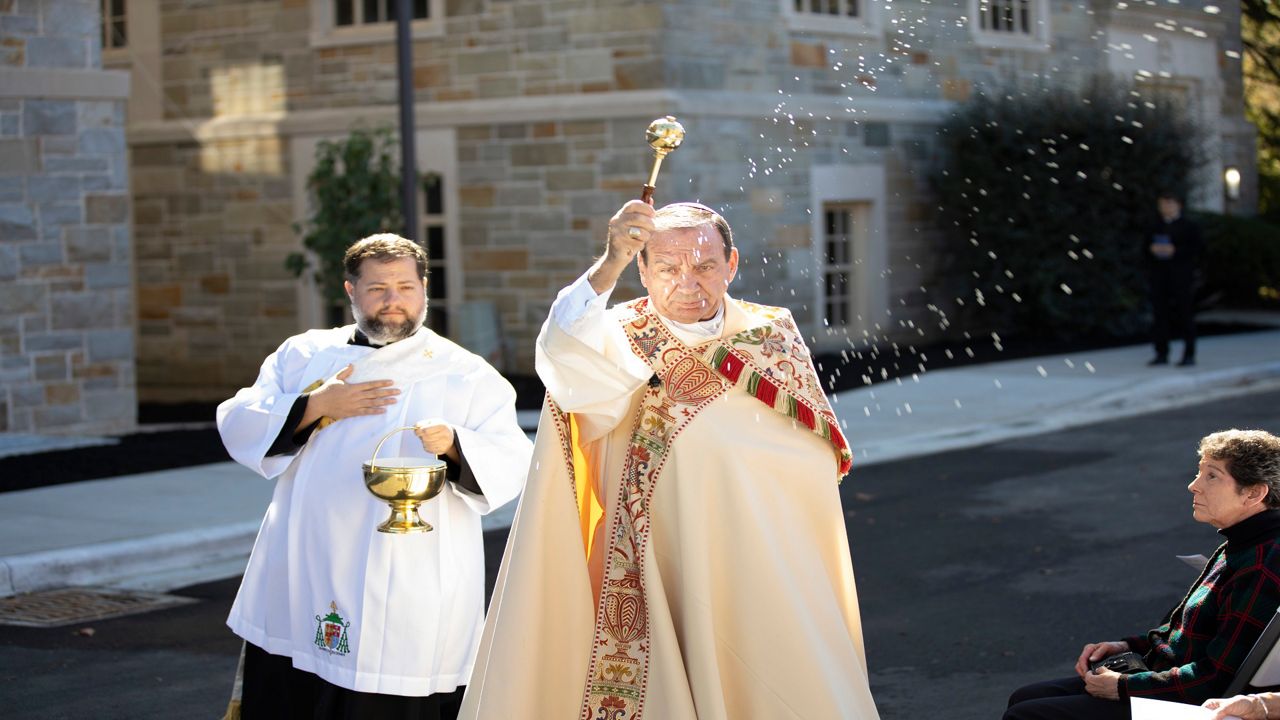CINCINNATI – The Archdiocese of Cincinnati has finalized its plans for the consolidation of its more than 200 churches.
What You Need To Know
- The Archdiocese of Cincinnati will announce the final configuration of its church consolidation plan Sunday
- The plan calls for the conversion of 208 parishes into 60 families of parishes
- Years of rapidly declining numbers of parishioners and priests led to the changes, per the Archdiocese
- The Beacons of Light process began two years ago as a way to ensure Archdiocese resources were 'best serving their mission'
On Sunday, Archbishop Dennis M. Schnurr will outline the 60 new "families of parishes" during the 11 a.m. Mass at the Cathedral Basilica of St. Peter in Chains in downtown Cincinnati.
The changes are a result of more than two years of work through the initiative "Beacons of Light," a multi-year process of pastoral planning to maximize its resources, including finances, physical spaces and people.
In making the decision, the Archdiocese cited near-empty pews in many churches and a rapidly declining number of priests available to perform Mass as reasons for the reform.
From 2010 to 2019, sacramental practice, like baptisms and weddings, in the Archdiocese declined by 23%. The average Sunday Mass is about one-third full.
The Archdiocese made the changes to adapt to a "different era." In short, they no longer need the 208 churches, more than 110 schools and other infrastructure they've built acorss their 19-county region.
There are about 160,000 registered Catholic households, housing about 442,000 people in western and southwestern Ohio. Those numbers may seem high, but they're small compared to historic highs of nearly 600,000.
For perspective, while Philadelphia and Detroit have roughly the same number of parishes as Cincinnati, those dioceses each have more than 1 million Catholics.
There are also only 140 active diocesan priests available for assignment; 26 of which are over the age of 70. Data shows that number will dip to 113 by 2026.
In a letter sent to parishioners in July, Schnurr said the Archdiocese has a “responsibility to make the best use of all the means which God has provided us to pursue (our) sacred mission.”
“It is therefore appropriate to ask, are all our resources – human, physical and financial – properly ordered to missionary discipleship? Are they working in concert to continuously draw parishioners and attract new members into a more intimate relationship with Jesus? Or are they consumed by efforts to maintain the status quo and spread too thin to be truly effective?”
The Beacons of Light process included data collection and analysis and several rounds of configuration modeling. There was an open comment period as well.
Following the release of a draft version of the plan in October, parishioners submitted nearly 8,000 comments. That feedback resulted in "numerous changes" to the plan that led to "a stronger arrangement" of families of parishes.
The next milestone in Beacons of Light will be the announcement of priest assignments in the spring of 2022. The implementation of Families of Parishes will not formally begin until July 1.
Between now and July, there will be months of leadership training and orientation to church leaders and staff. There will also be a guidebook called, "The Pathway," to aid in planning efforts.



